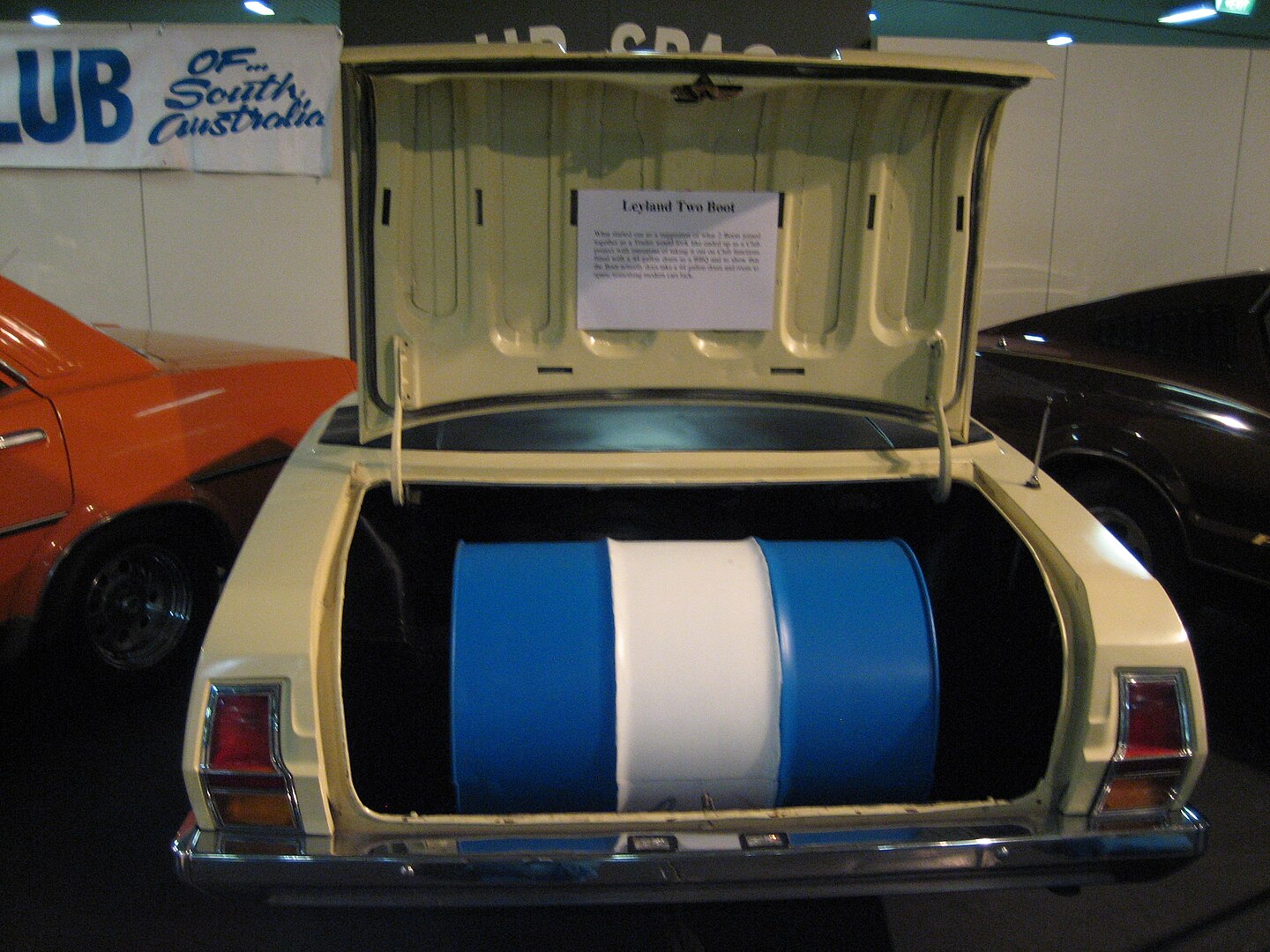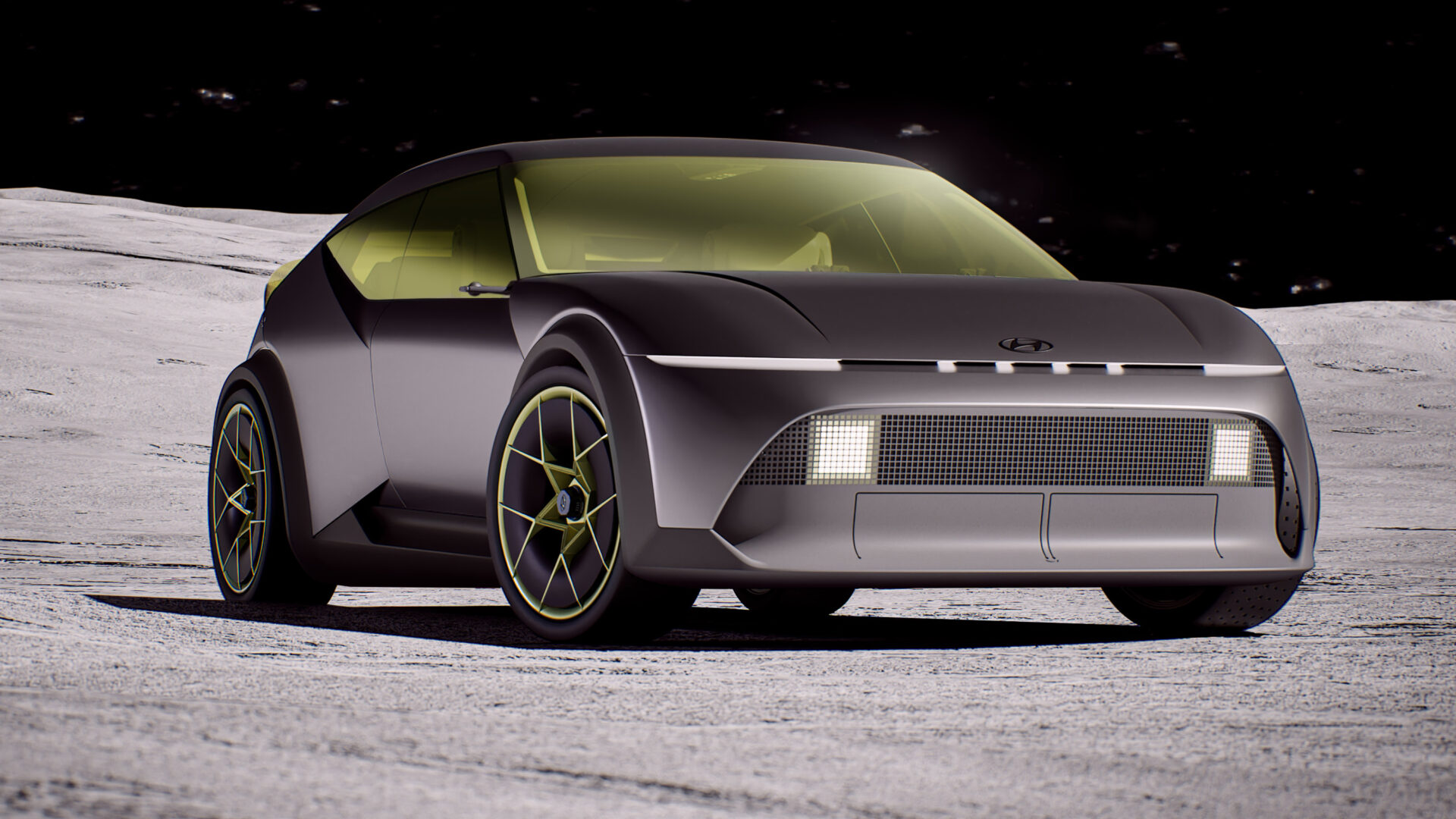Mazda’s evergreen, ever brilliant roadster scores some chassis tweaks for the old fogeys like me who once owned a 1989 NA Clubman. Oh, probably other people too.
Mazda’s fourth-generation MX-5, the ND, is such a great car. It brings together all of the good things of every generation, distilling three decades of experience into a single, brilliant package. It even has a nice interior now with the correct number of cupholders. Not six.
I’ve driven the ND several times and not once have I wondered if it needed any further fettling. Indeed, anyone who buys an MX-5 and dares to touch anything when its intended use is for the roads, they quickly wear my Twitter opprobrium. Don’t they, Harry?
While I may not think the MX-5 needs anything else, Mazda did. Because in 2018, the company released the RF Limited Edition which had a similar set of hardware changes…
How much is an MX-5 RS and what do I get?
Mazda MX-5 GT RS: $47,020 (+ ORC)
Mazda MX-5 RF GT RS: $ $51,100
As you can see, the RS is based on the 2.0-litre GT spec, which means it’s very nice inside. You get leather seats, leather shifter and wheel, a decent stereo, air-conditioning and it’s all wrapped up in a nice, cosy package. There’s not much in here because, as you can imagine, that’s not what this car is about.
Media system
As part of the 2021 update, you get wireless Apple CarPlay on the 7.0-inch screen, while Android Auto comes through the USB port. There’s not *really* anywhere to put your phone, though, so good luck if you’re an Androider.
Service and Warranty
Mazda chucks in a five year/unlimited kilometre warranty with a corresponding period of roadside assist.
You do have to return your car to Mazda every twelve months or 10,000km which, if your MX-5 is a daily driver, would be annoying. The first five services are capped and you’ll pay $2041 across the five for an average of $408 per year plus any extras like cabin filters and brake fluid, both of which are reasonably priced.
Safety – 5 Stars (ANCAP, 2016)
There was a minor uproar when the MX-5 scored five stars in 2016. Not because of its score, mind you, but the fact the Audi TT Roadster didn’t get five stars. ANCAP’s confusing explanation for the TT’s score (no curtain airbags) didn’t make sense when you observe that the MX-5 doesn’t have curtain airbags either. I remain deeply suspicious of ANCAP’s scoring system largely because it is impenetrable to an average car buyer. How does a Mitsubishi Mirage score and maintain a five star rating for eight years? Who can tell. Yes, they’ve changed the rules (the ratings will expire after three years) but how come cars can spec their way into a five star rating yes I’m rambling now, I’ll stop.
You get four airbags, stability and traction controls, forward AEB, blind-spot monitoring, reverse cross-traffic alert, traffic sign recognition, drive attention detection, reversing camera, reverse AEB and lane departure warning.
Look and Feel

The ND MX-5’s tightly drawn styling is by far my favourite of the breed. I mean, the NA and NC are gorgeous too (let’s not talk about the NB) but the ND is such a modern design that will not age. Actually, most Kodo design Mazdas are steadfastly refusing to age, so there’s obviously something about this language that really works.
The cabin is pretty good, although some of the hard plastics of the NC remain. That kind of makes sense given the cockpit is (and should be) regularly exposed to the elements. The 7.0-inch screen looks a bit dinky these days but any bigger and it would dominate.

The summary of changes for the RS is very short – black mirror caps, 17-inch forged BBS alloys and red brake calipers. That’s it. This is proper minimalism, folks, and I’m all for it.
Drivetrain

Mazda offers two engines in the MX-5, a 1.5-litre and a 2.0-litre. The RS only comes with with the 2.0-litre, which produces 135kW at 7000rpm and 205Nm at 4000rpm. So it’s proper naturally-aspirated unit, which is always nice in a car like this.
Weighing just 1052kg, those numbers are more than enough to get the roadster moving.
Chassis

Most of the main hardware remains the same in the RS, with some key detail changes. The double wishbones at the front and multi-link rear-end stays (which partially explains the tiny boot), with a new set of Bilstein gas dampers swapped for the factory standard.
You also get a solid alloy strut tower brace to further stiffen the chassis by doing yet more to keep the two sides of the car apart.
The new front brakes are 280mm Brembo units with four-piston aluminium calipers. There are some dull technical details like the way the discs’ cooling fins are arranged but importantly, they knock off two kilos of unsprung weight.
Those red calipers peek out from behind the 17-inch BBS forged alloys around which are 205/45 Bridgestone Potenza S001 tyres.
Fuel Economy – 6.8L/100km
To get 135kW, you’re gonna need to use 95 RON petrol, but that’s probably not something that bothers an MX-5 owner. I got 8.1L/100km from the MX-5 but, as I imagine you’ve already guessed, I was having an enormous amount of fun.
Driving

I don’t mind telling you that driving an MX-5 properly is an emotional experience. Few cars have that driver-road interface nailed down this hard and even the 1.5-litre (my personal favourite before I drove the RS) is a joy. You work hard to keep everything moving, but the controls you are working are easy. Easy clutch, snickety-snick gearshift you can move with the lightest of touches and electric steering that does the job that BMW could only dream of doing. It’s that good. Roof down, hat on, a clear road, there’s almost nothing better than an ND MX-5.
Maybe a Lotus Elise. But they cost a lot more and don’t have Apple CarPlay.
Anyway.
MX-5s not only handle beautifully, they ride well too. Wishbones up front, multi-link at the back and a near obsessive attention to detail means that it’s a car you can drive if you don’t care about cars (hence the RS being manual only…) and love. Or be the exact opposite and find any excuse you can to take that long drive to the country for a particular loaf of bread/bottle of milk/blade of grass.
So one approaches MX-5s that have been modified with great introspection – the Bilstein are clearly there to reduce pitch and roll but will the ride go out the window? Are the brakes too much, a question we don’t often ask ourselves in sports cars but the Mazda’s lightness of touch is at stake here.
I am here to report that it was a blast. Despite what some colleagues have said, I thought the ride came through pretty much unscathed. The stiffer chassis inspires even more confidence because while the standard cars roll a bit, particularly at the rear (good for catching slides, you see), the RS stays very flat but still super-communicative and predictable.
The steering remains an utter delight. I just love changing direction in an MX-5. It responds with the kind of enthusiasm high-end machines are famous for but without resorting to all sorts of trickery to make it bearable day-to-day. The grip is seemingly endless but the chassis remains as playful as it can with its relative lack of torque to spin up the rears for some tail out nonsense, virtually impossible in the dry, even on the bumpy rubbish I put these cars through.
The MX-5’s purity is its greatest asset and the RS’s admittedly modest changes improve that feeling rather than push it aside. It’s probably why the MX-5 continued to sell while the Fiat 124 Spyder – which is also a delight – struggled because people who know understand that a 1.4-litre turbo is heavier, lower-revving and less pure.
And the engine. Despite its place under the bonnet of hatchbacks, it has a lovely raspy sound and kicks on to the 7000rpm redline with little provocation. The approach in the 2.0-litre has always been to me more physical than the 1.5, so again the better brakes and stickier rubber amplify the joy of this car.
Hot damn it’s good.
Redline Recommendation

Good gracious, yes. The RS is one of those rare things, a modded MX-5 that doesn’t ruin everything. And it’s a bargain, I tell you, when you go cost-per-smile.




Leave a Reply